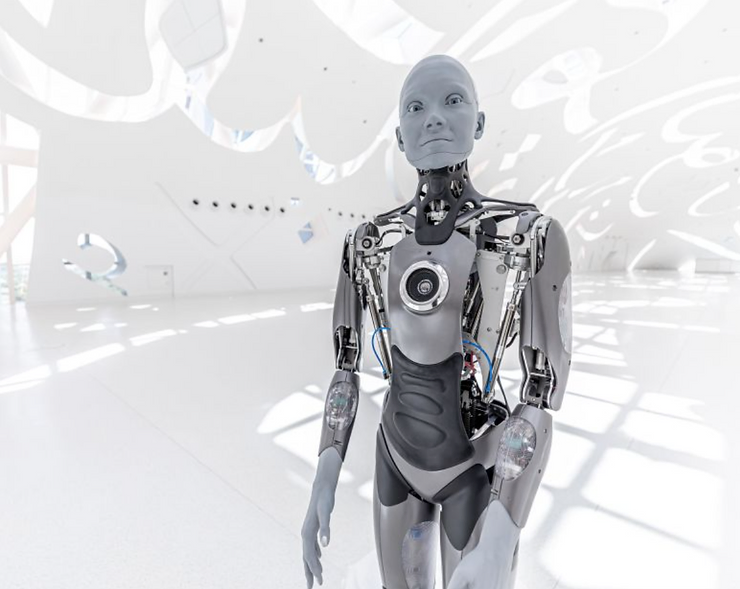As we step into 2024, the business landscape continues to evolve, presenting both challenges and opportunities. Two prominent trends identified by Forbes in 2023, Sustainable, Resilient Operations and the Balance between human workers and intelligent robots, have not only endured but also evolved further. In this comprehensive guide, we’ll delve into these trends’ relevance in 2024 and explore how Lean Six Sigma aligns perfectly with them, offering actionable insights and strategies for businesses to thrive in this dynamic environment.
1. Sustainable, Resilient Operations
Sustainability and resilience have become cornerstones of modern business strategy. The imperative to reduce environmental costs and embrace sustainability now extends beyond the supply chain to encompass all operational facets. Simultaneously, resilience has gained prominence as it ensures the continued success of organizations in an ever-changing world.
Lean Six Sigma’s Integral Role: Lean Six Sigma, with its emphasis on continuous improvement and problem-solving, aligns seamlessly with the goals of sustainability and resilience. Here’s how Lean Six Sigma contributes significantly:
-
Leadership Competence: Lean Six Sigma empowers leaders with the competence to craft and execute strategies that align with sustainability objectives. Unified approaches, such as Lean Six Sigma Sponsorship, facilitate cohesive decision-making.
-
Daily Problem-Solving Competence: Frontline employees, equipped with Lean Six Sigma Yellow Belt training, excel in identifying daily opportunities to reduce waste, enhance resource efficiency, and promote sustainable practices.
-
Complex Problem-Solving: For intricate, cross-functional challenges, Lean Six Sigma Green Belts lead teams in root-cause analysis and the implementation of sustainable solutions.
-
Validated Results: Lean Six Sigma places significant emphasis on measuring and verifying improvements, ensuring tangible and accountable impact toward sustainability objectives.
In the context of 2024, where sustainability and resilience are paramount, Lean Six Sigma serves as an essential framework for fostering problem-solving competencies and building resilient organizations.
2: Striking the Balance Between Human Workers and Intelligent Robots
The increasing capabilities of robots and artificial intelligence (AI) systems continue to reshape the workforce landscape. Organizations must address the fundamental question of how to strike the right balance between human and machine intelligence. The pervasive influence of automation across industries requires proactive preparation to navigate this changing work environment effectively.
Lean Six Sigma’s Crucial Role: Lean Six Sigma complements the workforce evolution by enhancing problem-solving skills and decision-making capabilities. Here’s a detailed breakdown of its relevance in the context of AI and automation:
-
Reactive Machines: Lean Six Sigma professionals understand the importance of optimizing the logic driving reactive machines. Their competence ensures that machines perform at their best, whether in mundane tasks like data entry or more complex decision-making scenarios.
-
Limited Memory AI: Lean Six Sigma’s emphasis on cause-and-effect analysis aligns with the principles of Limited Memory AI, which relies on memory to make predictions. Competent Lean Six Sigma practitioners enhance the value of AI’s memory-driven insights.
-
Theory of Mind AI: While AI progresses toward understanding human needs, Lean Six Sigma equips professionals with essential skills, such as Stakeholder Management and Collaboration. These skills are vital for addressing the human dimension in change management.
-
Self-Aware AI: As AI evolves toward self-awareness, organizations benefit from nurturing self-aware leaders. Lean Six Sigma fosters self-awareness and the ability to recognize and harness individual strengths, contributing to employee well-being and satisfaction.
The parallel evolution of AI and Lean Six Sigma underscores the importance of concurrently developing human competencies alongside intelligent machines. In 2024, this balance will be critical for organizations to thrive in an automated world.
In 2024, Lean Six Sigma remains an invaluable asset for businesses seeking alignment with the top trends of Sustainable, Resilient Operations and the Balance between human workers and intelligent robots.
Its principles empower organizations to achieve sustainability objectives, adapt to dynamic changes, and nurture a competent workforce.
As Lean Six Sigma continues to evolve, it serves as a steadfast guide in navigating the transformative business landscape of 2024 and beyond. Incorporating Lean Six Sigma into your organization is not just a strategic move, it’s a commitment to excellence, sustainability, and resilience. Whether you’re a seasoned practitioner or just beginning your journey, Lean Six Sigma offers a proven pathway to a brighter, more efficient future.
Embrace the future with Lean Six Sigma, and ensure your organization thrives in the ever-evolving business world of 2024.









